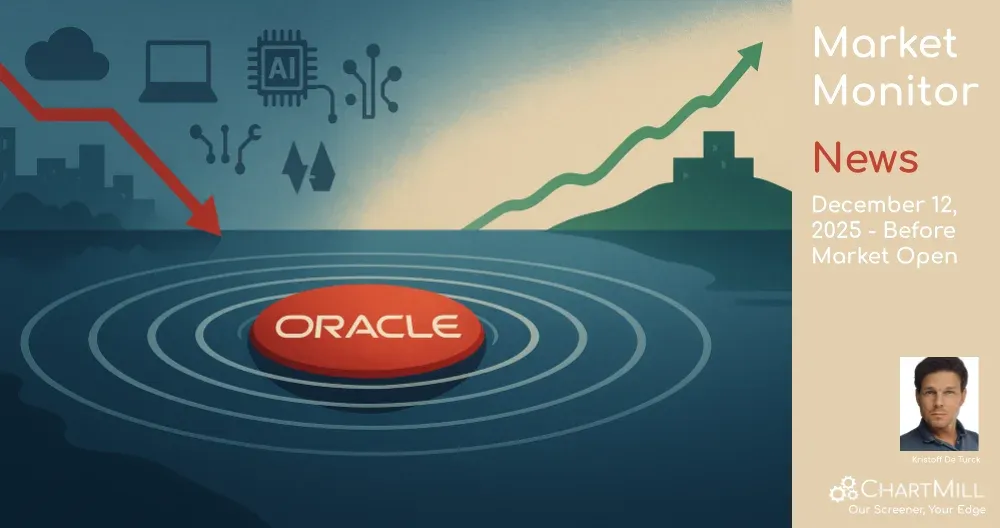Uncovering Dividend Opportunities with NASDAQ:MSFT.
By Mill Chart
Last update: Jul 30, 2024
MICROSOFT CORP (NASDAQ:MSFT) has caught the attention of dividend investors as a stock worth considering. NASDAQ:MSFT excels in profitability, solvency, and liquidity, all while providing a decent dividend. Let's delve into the details.

Exploring NASDAQ:MSFT's Dividend
ChartMill assigns a proprietary Dividend Rating to each stock. The score is computed by evaluating various valuation aspects, like the yield, the history, the dividend growth and sustainability. NASDAQ:MSFT was assigned a score of 7 for dividend:
- Compared to an average industry Dividend Yield of 8.19, MSFT pays a better dividend. On top of this MSFT pays more dividend than 93.29% of the companies listed in the same industry.
- The dividend of MSFT is nicely growing with an annual growth rate of 10.00%!
- MSFT has paid a dividend for at least 10 years, which is a reliable track record.
- MSFT has not decreased its dividend for at least 10 years, so it has a reliable track record of non decreasing dividend.
- MSFT pays out 24.66% of its income as dividend. This is a sustainable payout ratio.
- MSFT's earnings are growing more than its dividend. This makes the dividend growth sustainable.
Health Examination for NASDAQ:MSFT
A critical element of ChartMill's stock evaluation is the Health Rating, which spans from 0 to 10. This rating considers multiple health factors, including liquidity and solvency, both in absolute terms and relative to industry peers. NASDAQ:MSFT has received a 8 out of 10:
- An Altman-Z score of 9.97 indicates that MSFT is not in any danger for bankruptcy at the moment.
- With an excellent Altman-Z score value of 9.97, MSFT belongs to the best of the industry, outperforming 85.16% of the companies in the same industry.
- The Debt to FCF ratio of MSFT is 1.25, which is an excellent value as it means it would take MSFT, only 1.25 years of fcf income to pay off all of its debts.
- MSFT has a Debt to FCF ratio of 1.25. This is in the better half of the industry: MSFT outperforms 73.50% of its industry peers.
- A Debt/Equity ratio of 0.33 indicates that MSFT is not too dependend on debt financing.
- Although MSFT does not score too well on debt/equity it has very limited outstanding debt, which is well covered by the FCF. We will not put too much weight on the debt/equity number as it may be because of low equity, which could be a consequence of a share buyback program for instance. This needs to be investigated.
- The current and quick ratio evaluation for MSFT is rather negative, while it does have excellent solvency and profitability. These ratios do not necessarly indicate liquidity issues and need to be evaluated against the specifics of the business.
Looking at the Profitability
ChartMill assigns a proprietary Profitability Rating to each stock. The score is computed by evaluating various profitability ratios and margins and ranges from 0 to 10. NASDAQ:MSFT was assigned a score of 8 for profitability:
- MSFT has a better Return On Assets (17.80%) than 95.76% of its industry peers.
- MSFT's Return On Equity of 34.04% is amongst the best of the industry. MSFT outperforms 95.41% of its industry peers.
- MSFT has a Return On Invested Capital of 22.99%. This is amongst the best in the industry. MSFT outperforms 97.53% of its industry peers.
- Measured over the past 3 years, the Average Return On Invested Capital for MSFT is significantly above the industry average of 10.03%.
- MSFT has a better Profit Margin (36.43%) than 96.47% of its industry peers.
- In the last couple of years the Profit Margin of MSFT has grown nicely.
- MSFT has a better Operating Margin (44.70%) than 100.00% of its industry peers.
- MSFT's Operating Margin has improved in the last couple of years.
Every day, new Best Dividend stocks can be found on ChartMill in our Best Dividend screener.
Our latest full fundamental report of MSFT contains the most current fundamental analsysis.
Disclaimer
This is not investing advice! The article highlights some of the observations at the time of writing, but you should always make your own analysis and invest based on your own insights.
478.53
-4.94 (-1.02%)
Find more stocks in the Stock Screener
MSFT Latest News and Analysis







